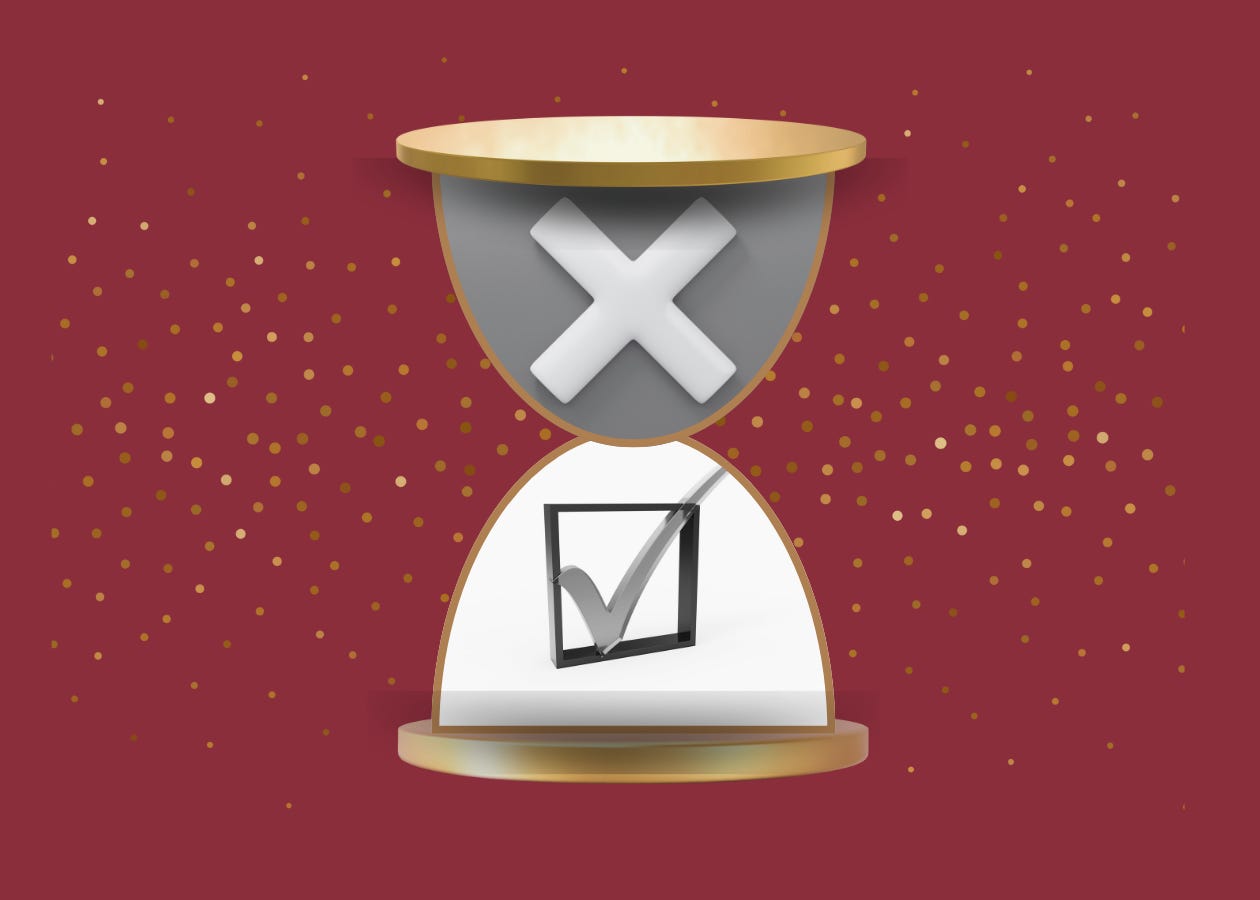What finally got me writing my family history (after years of stalling)
I learned these things the hard way. I hope they help you skip the struggle.
Welcome back to Chronicle Makers, where we celebrate beginning storytellers and support using AI to write with you (not for you).
If this is your first time here, you’re in the right place. I help people write their first family history stories—quickly, imperfectly, and with heart.
All my previous posts and newsletters are archived here. And you can share this post by clicking this button below:
What I thought I needed to write family history (and what actually worked)
I used to think I needed everything to be perfect before I could start writing my family history.
Turns out I was wrong.
What I needed was a different kind of permission—not from an expert or a certification board, but from myself.
Let me take you back to what I thought I needed, what I’ve since let go of, and what actually helped me write.
What I didn’t need to start writing
❌ A professional genealogy credential
I spent years preparing for certifications like CG and AG. I thought they’d make me “legit.” But my family didn’t care about citations or credentials. They wanted the stories.
❌ Genealogy software
I spent hours updating RootsMagic and Family Tree Maker. Nobody in my family ever opened those files. They wanted stories, not lineage charts.
❌ Every fact on every ancestor
I thought I had to wait until the research was “done.” But it never is. And my family didn’t need 10 generations. They just wanted to know what I knew—right now.
❌ Footnote on every sentence
I used to write like an academic. Now I write like a biographer. Sources still matter, but I tuck them at the end of my stories. Citations shouldn’t interrupt the reader.
❌ Permission from anyone else
I wasted years waiting for someone to say “go.” Eventually, I gave myself that green light. Not everyone will agree with how I tell it—and that’s okay. They can write their version of family history.
If you would like to see this post in video form, you can watch it here:
What actually helped me start writing
✅ Starting with one person, one place, one point in time
I stopped trying to tell the whole story and focused on just one moment. That’s when things finally started moving for me. I reframed it as a “chronicle” so I could feel successful with each one I wrote.
✅ Using a simple outline of facts on documents
I used to hate outlines. Now they’re my secret weapon. I lay out the facts first, then shape the story. I even use ChatGPT to help—it’s like having a co-writer who never sleeps.
✅ Adding images before writing the first draft
Photos. Maps. A scan of Grandpa’s WW2 enlistment card. These made the story come alive in a way paragraphs never could. We’ve never had so many images to pick from to use. Here’s 10 of my favorite copyright free sources.
✅ Giving myself permission to write badly
Yes, badly. Getting the words out—messy and raw—is the most important part. I clean it up later, but the soul of the story is in that first imperfect draft. In my session at RootsTech, I demonstrated how this first draft in my own words preserved my voice, even after using ChatGPT for editing. I’ll be doing this session again for RootsTech 365 in June.
✅ Keeping a writing date with my ancestors
I treat writing like an appointment. Just like I wouldn’t cancel on a friend, I don’t cancel on my ancestors. I sit down regularly, surrounded by my files—both online and on my desk—turn off all notifications, and lose myself in my ancestors’ world. Every time I do this I feel grounded, connected, and grateful.
What about you?
Which mindset shift hit home for you? Or do you have one I didn’t mention?
Hit reply or leave a comment—I’d love to hear how you’re getting started. I’d love to cheer you on!
Until next time,
—Denyse
Fellow imperfect family history storyteller
P.S. Nancy Carver, a fellow Substack writer and AI enthusiast, and I are experimenting with live video chatting about how we use AI with genealogy. These will be casual, short conversations you can drop-in on. Each time we go live, you’ll get an email to join in and listen.






